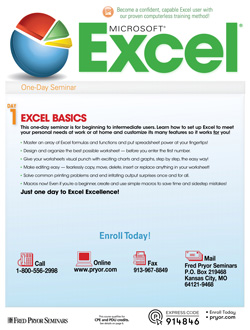How to Select a Learning Management System
White Paper
The steady increase of technology-based training tools on the market and demand for truly engaging online learning experiences continue to meaningfully impact how smart organizations evaluate their existing and potential future training strategies. The most obvious benefits of a LMS (learning management system) center not only on providing attractive, cost-effective and tailored learning options but how effectively they will address your self-described business and learner needs.
What is an LMS? It’s a solution for learners to intuitively access online training tools and where organizations can track and manage various learner data including employee performance. However, it’s imperative that the LMS solution aligns with the organization’s business plan needs and staff development requirements to be effective.
This white paper illuminates three common scenarios suggesting how organizations can proceed in evaluating and selecting a learning management system and provider.


